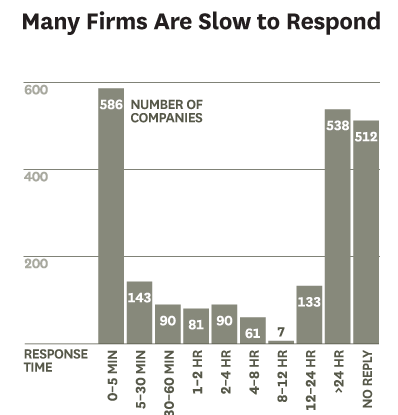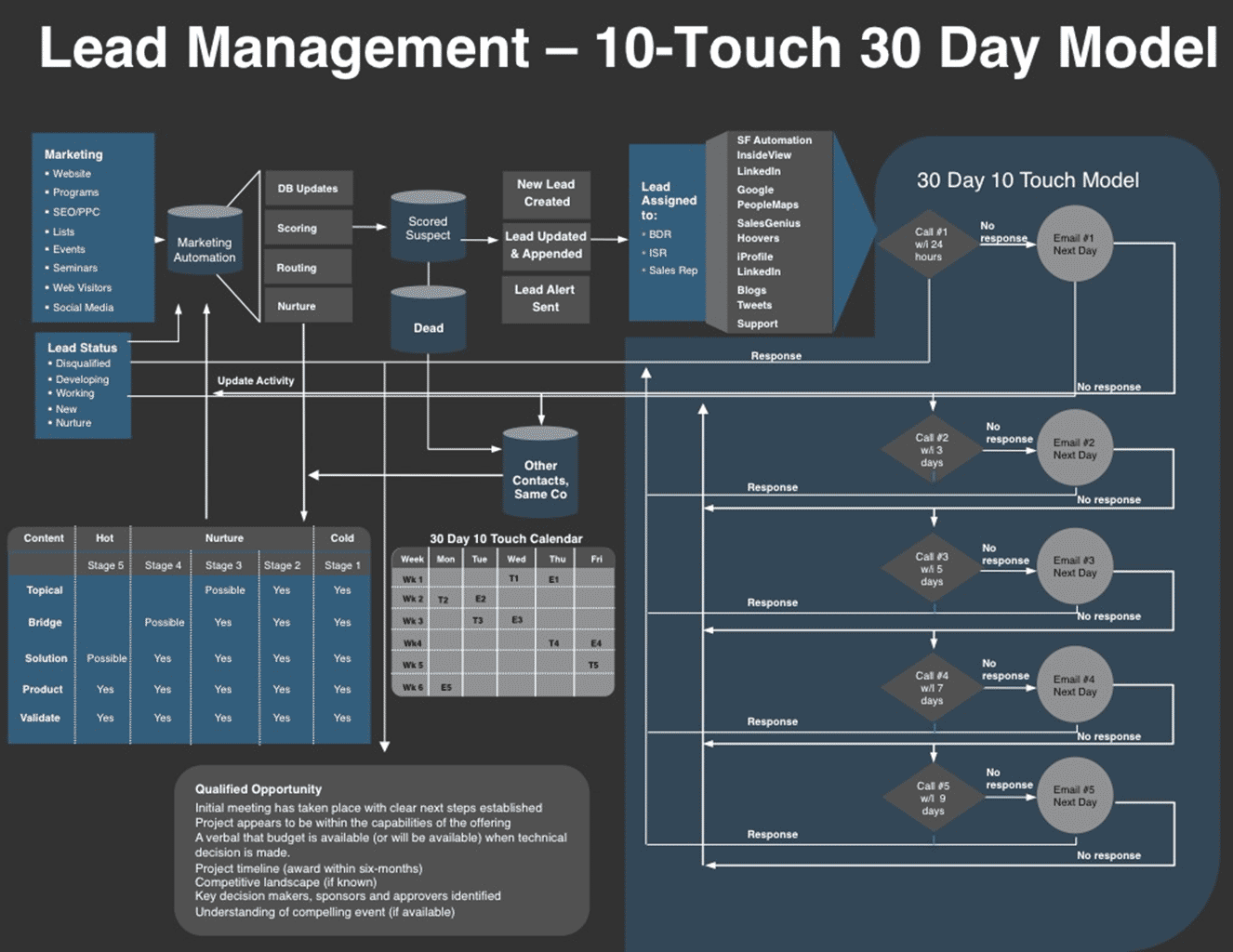You are viewing our site as a Broker, Switch Your View:
Agent | Broker Reset Filters to Default Back to List4 Tips on What to Do After You Send a Follow-Up
August 07 2015
 You have read a ton of posts and articles on following up with leads. You have become a master of the follow-up...
You have read a ton of posts and articles on following up with leads. You have become a master of the follow-up...
Now what?
Following up with your leads is a huge step towards sales success, but many people don't know what to do after their initial message.
Getting a response or closing a sale are the best outcomes from a first follow-up email. Frequently, though, your follow-up email will be sent to the trash and deemed unworthy of a response. Properly engaging your leads gets them filtered into your sales cycle and potentially turns leads to a sale. With so many people telling you how to follow-up, you need to learn what to do when your follow-up works and when it fails, and next steps to consider.
4 Tips for What to Do After You Send a Follow-Up
1. Answer Questions
Customer responses show engagement and that they are interested in what you have to offer. Industry research shows that between 45-50% of all inbound sales are not followed up with after the original point of contact. Based on their response, you can better gauge the customer's needs and set up a plan of progress towards the sale. Setting up times for calls, video meetings, or a way to further discuss things would be a logical next step for sales. Well informed clients will feel more confident in their purchases.
According to the Harvard Business Review, companies that respond to queries were 7 times more likely to have meaningful conversations, but most companies are very slow to respond or will not respond at all. It was found that companies that responded within the first hour to questions were 60 times more likely to qualify a lead than if they waited 24 hours.
2. Engage
If your follow-up was aimed more towards making a connection rather than a sale, then continue the conversation. Now that you have snagged the attention of your contact, don't let the relationship fizzle out before it has the chance to grow.
Nurture this relationship as you would any other: respond within an appropriate time frame, learn what you can about the contact, and keep the conversation flowing. If you have a CRM program, use it daily in order to see the best results and hold the interest of your leads to make a lasting relationship for the future. Stay ahead of your competition by engaging with customers immediately when they reach back out. The first person to respond to a lead builds trust, credibility, and greatly increases the chances of qualifying the lead.

3. Create a Program
An open line of communication leads the way to the future success with your customers, so keep up your efforts and develop a strategy for the future. Even if the first follow-up you send doesn't warrant a response, be persistent. But note that there is a fine line between pushing your sales and being overly aggressive and obnoxious.
The first email you sent might not have gotten your point across as clearly as you had hoped. In a second cold follow-up message, acknowledge the first one you sent. You can make it funny and call out the customer for not being responsive, or you can focus on more subtle ways of mentioning that you noticed they had not responded. Give new information on your product or yourself to draw in the lead.
In later follow-ups, you can also mention common questions and points of confusion other clients have had. This method cultivates social proof and shows the lead that they are not alone in having reservations or questions.
With your new follow-up cadence, assign leads to parts of your team and have them reach out. Delegating leads to team members lightens your workload, as well as gives your leads more personalized attention.

4. Measure
With every response you receive, or follow-up left without an action, make a note of it. If your leads respond within an average of two days, then make a plan for what to do if there is no response after two days. Have a message ready to go in order to stay top of mind with your leads. If most people tend to respond after your second email, then know that your first follow-up is not very likely to get a response.
Along with the response metrics, you should also track which leads became customers. Based on these measurements, you can determine what sales you are likely to gain and which ones are not worth your efforts from fairly early on. For instance, if all of your qualifying leads previously responded to either your first or second email, then a third email might not be necessary for your follow-up plan.
If you begin to lose track of the data you want to measure, it is likely that you are not successfully implementing the plan you had in place to generate more sales. Inconsistent measurements give you incorrect results that you might end up applying. If you apply results created from bad data, then your attempts to improve your post follow-up strategy will be pointless.
The way you are perceived by your leads is their reality. One lead could need an extra push towards sale, while another might find more than three points of contact to be overbearing. As much as you plan for a sale, there is no specific number that will convert a lead to a sale. Each lead is different and you will likely need to feel out how your plan is going. You want to draw people into your emails with a noteworthy subject line and quality content in the body of the email. If you don't give your full effort to engage your leads, then they will not give you a response. All of your points of contact after the initial follow-up should aim to create a solid future relationship.
To view the original article, visit the Contactually blog.









